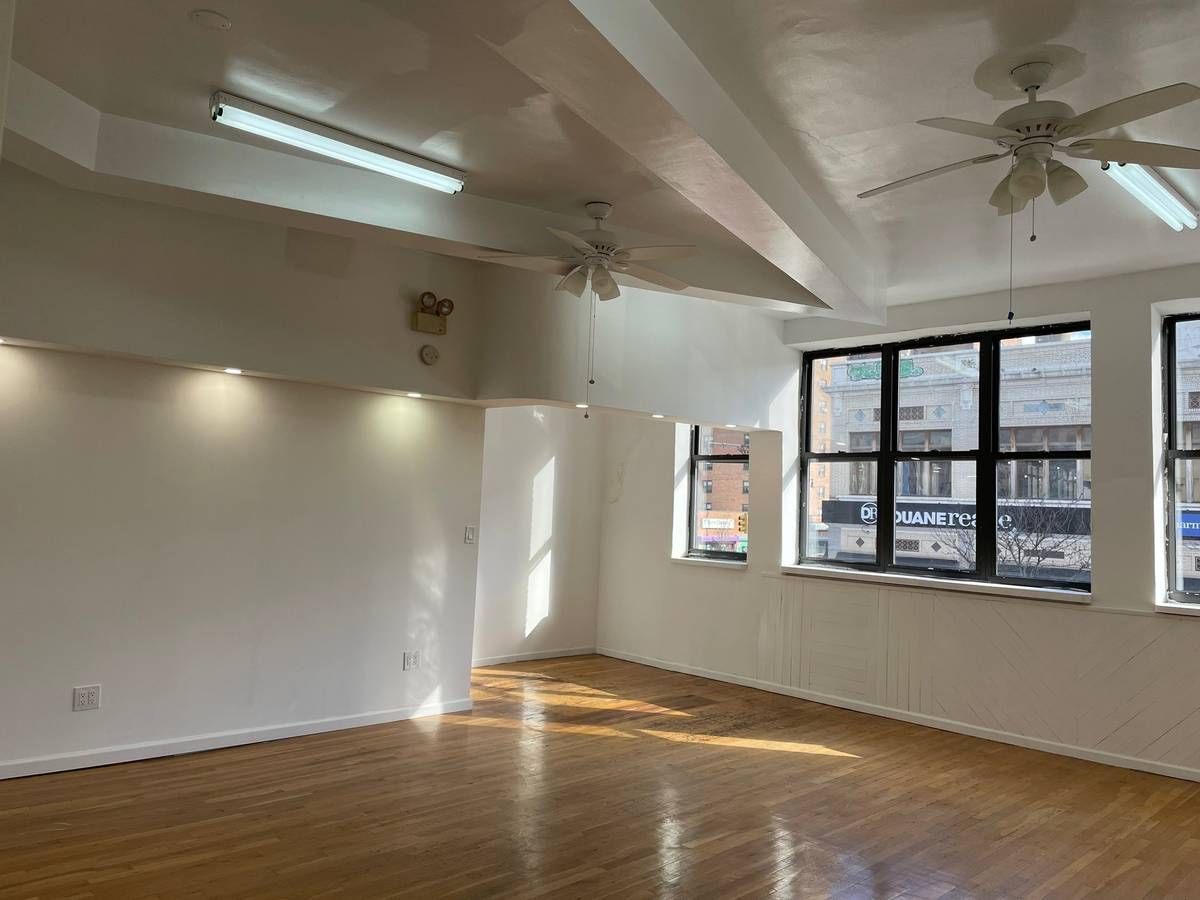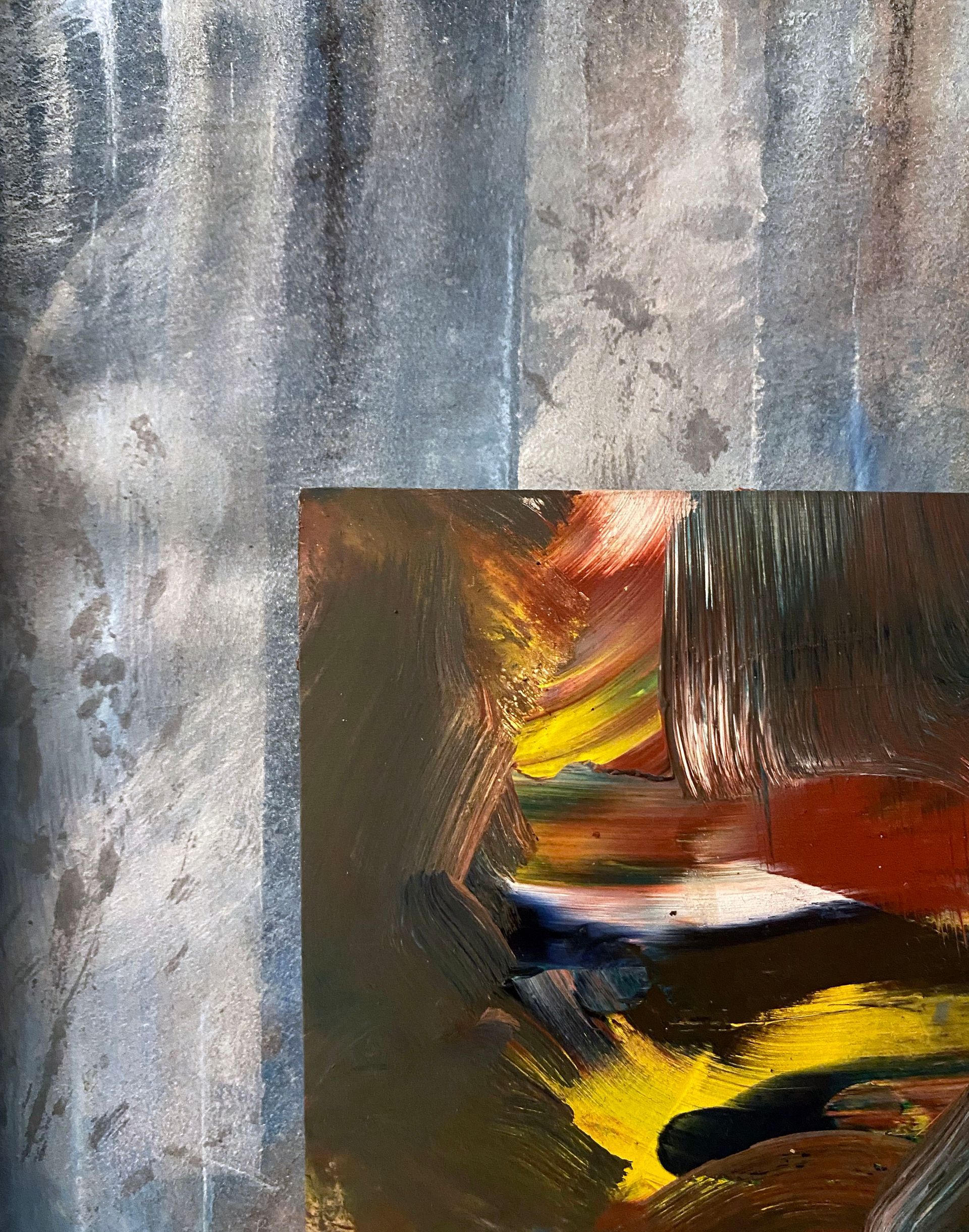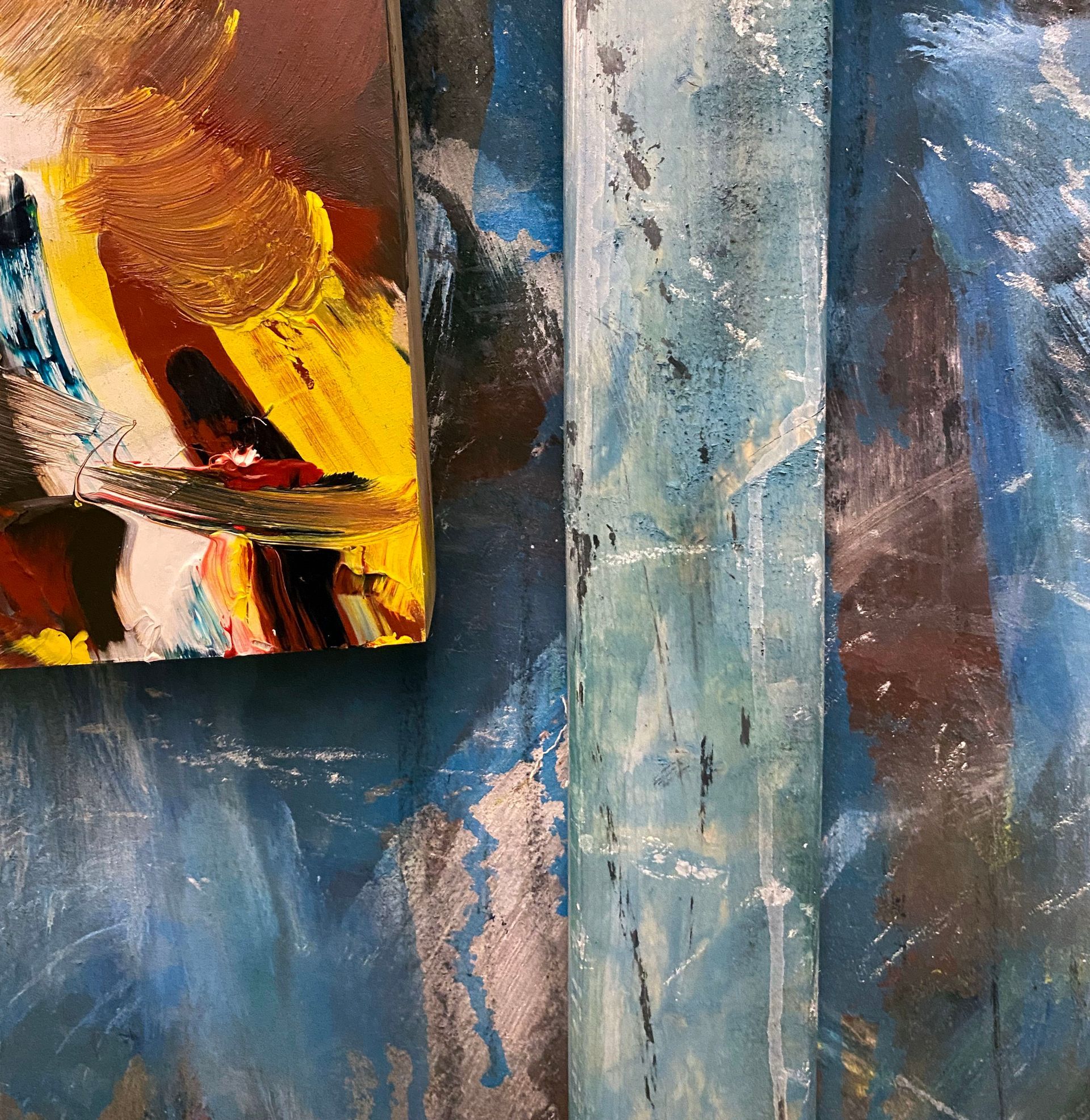
Clean and spacious private room with a private bathroom is currently available for short-term rental on a weekly or monthly basis. Situated within a larger floor dedicated to artist studios in the renowned East Harlem neighborhood, this space is ideal for individuals in the art industry seeking temporary accommodation in the city. Specifically designed to cater to artists and writers requiring short stays, this room is not intended for long-term leasing purposes. While the bedroom is still in the process of being set up, the remainder of the floor and kitchen are fully prepared for use. The space will be ready for occupancy starting February 1st, offered at a rate of $495 per week.
Events
Sun
Mon
Tue
Wed
Thu
Fri
Sat
26
27
28
29
30
31
1
2
3
4
5
6
7
8
9
10
11
12
13
14
15
16
17
18
19
20
21
22
23
24
25
26
27
28
29
30
1
2
3
4
5
6







